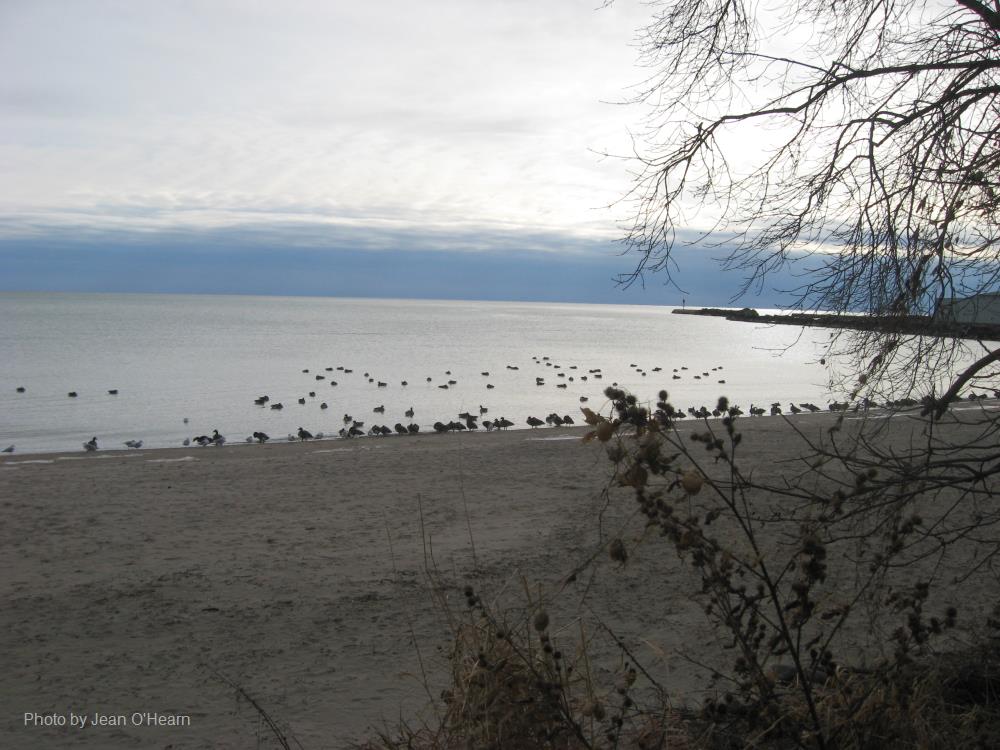
Related items loading ...
Section 1: Publication
Publication Type
Conference Poster
Authorship
Rafat Arash, Kheyrollah Pour Homa, Spence Christopher, Palmer Michael J., MacLean Alex
Title
Investigating Small-Scale Lake Ice Growth and Temperature Dynamics in two Canadian Subarctic Lakes
Year
2022
Publication Outlet
AOSM2022
DOI
ISBN
ISSN
Citation
Arash Rafat, Homa Kheyrollah Pour, Christopher Spence, Michael J. Palmer, Alex MacLean (2022). Investigating Small-Scale Lake Ice Growth and Temperature Dynamics in two Canadian Subarctic Lakes . Proceedings of the GWF Annual Open Science Meeting, May 16-18, 2022.
Abstract
Lake ice has hydrologic and climatic significance as an indicator of climate change and variability. Extensive research conducted on the phenology of lake ice has found that ice is forming later, melting earlier, and is becoming thinner across subarctic and arctic regions due to climate change. However, it is unclear how climate, and weather variability on short time scales (e.g. hourly, daily, weekly), are playing a role in influencing the formation, growth, and decay of lake ice covers (i.e lake ice evolution). This is particularly the case in Canada where the study of small-scale lake ice processes using high temporal resolution in-situ measurements is lacking. Here, we investigate lake ice growth and temperature dynamics at 15-minute intervals over a 4-month period (December 2021-March 2022) through installing two autonomous lake ice sensors (Snow and Ice Mass Balance Apparatuses; SIMBAs) near Yellowknife, Northwest Territories, Canada. Each SIMBA consists of 145 temperature sensors spaced at 2 cm intervals which are used to measure the seasonal temperature dynamics of air, snow, ice, and water. As the start to a broader network of autonomous ice sensors, two SIMBAs were installed in two subarctic lakes near Yellowknife, Northwest Territories with different physical characteristics: Ryan Lake (1 km2, 90 m deep) and Landing Lake (1 km2, 3 m deep). Results from this study highlight: 1) the importance of snow accumulation on reducing heat fluxes and thermal gradients through ice, 2) the differences in lake ice evolution between a shallow and a deep subarctic lake, and 3) the role of air temperature variability in influencing snow and ice temperature profiles and growth. Knowledge obtained from this study can be used to directly improve community ice safety under future climate change and variability.
Plain Language Summary
Section 2: Additional Information
Program Affiliations
Project Affiliations
Submitters
|
Arash Rafat | Submitter/Presenter | arafat@wlu.ca | Wilfrid Laurier University |
Publication Stage
N/A
Theme
Hydrology and Terrestrial Ecosystems
Presentation Format
poster presentation
Additional Information
AOSM2022 First Author: Arash Rafat, Department of Geography and Environmental Studies, Wilfrid Laurier University, Waterloo, ON; Additional Authors: Homa Kheyrollah Pour, Department of Geography and Environmental Studies, Wilfrid Laurier University, Waterloo, ON; Christopher Spence, Environment and Climate Change Canada, Saskatoon, SK; Michael J. Palmer, North Slave Research Centre, Aurora Research Institute, Aurora College, Yellowknife, NT; Alex MacLean, Department of Geography and Environmental Studies, Wilfrid Laurier University, Waterloo, ON


 GWFNet
GWFNet Master
Master Data
Data Research
Research Map
Map
 Advanced
Advanced Tools
Tools
 . . .
. . .
 Metadata Editor
Metadata Editor
 Record List
Record List
 Alias List Editor
Alias List Editor
 Legacy sites
Legacy sites